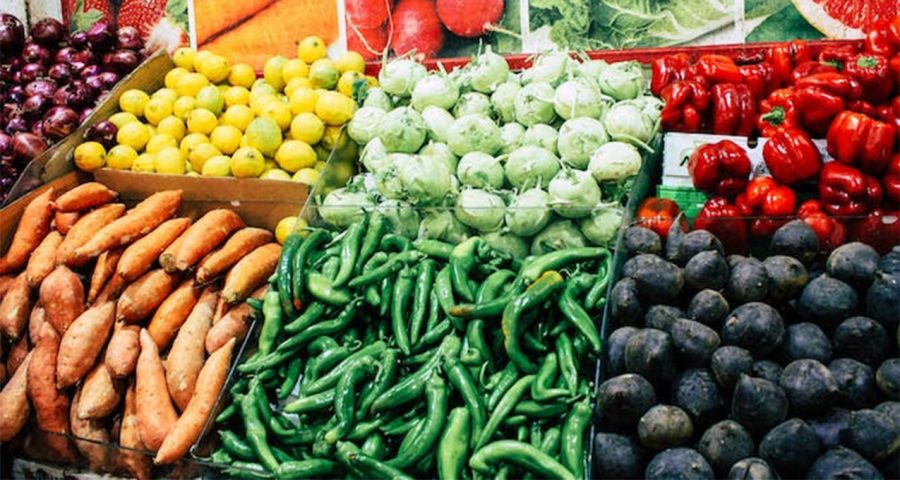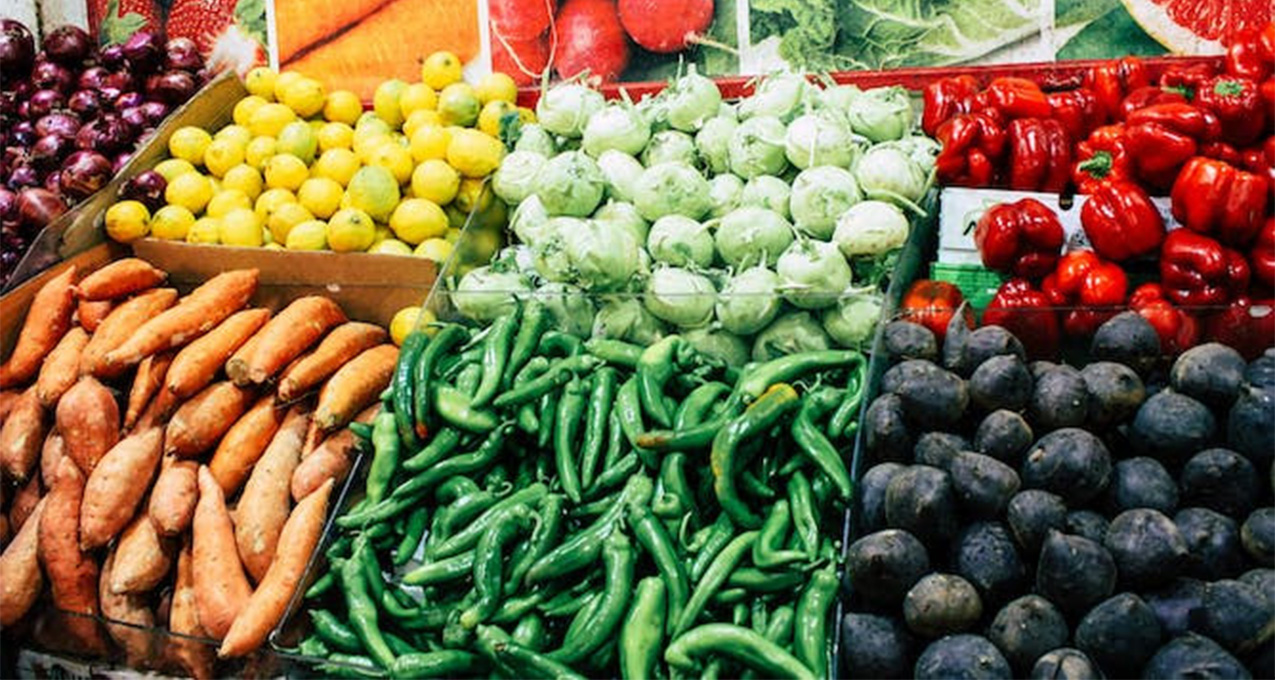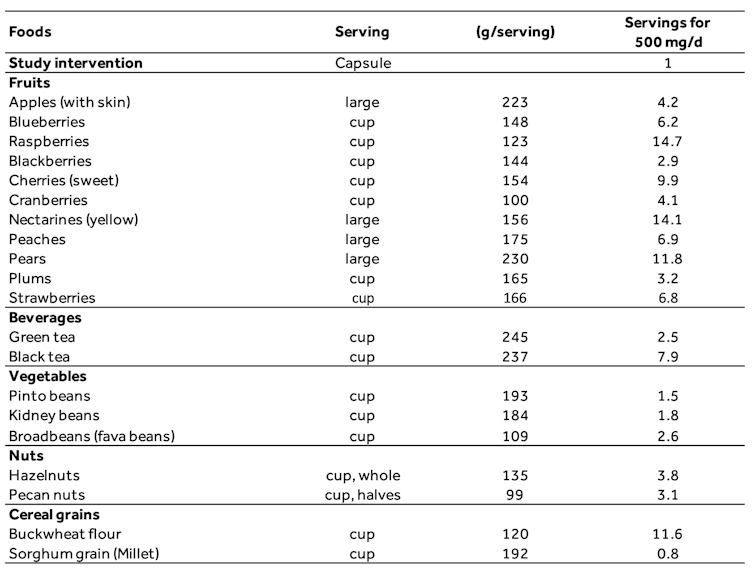
Foods that improve memory and heart health: Flavanols
Flavanols, a group of compounds found in various plant foods, have been shown to offer numerous health benefits. There are plenty of good reasons to make sure you’re eating enough fruit and vegetables each day. Not only do fruit and vegetables contain many of the important vitamins and minerals our body needs to function at […]

Flavanols, a group of compounds found in various plant foods, have been shown to offer numerous health benefits.
There are plenty of good reasons to make sure you’re eating enough fruit and vegetables each day. Not only do fruit and vegetables contain many of the important vitamins and minerals our body needs to function at its best, they also keep our gut healthy and may even help maintain a healthy weight.
But some plant foods may be more beneficial for health than others, thanks to a group of compounds called flavanols.
For instance, a recent study I helped conduct showed that people who eat a diet high in flavanol-rich foods may have better memory compared to those who have a low intake. A previous study also found that people with a low intake of flavanols were at higher risk of heart disease. Overall, there’s convincing evidence that consuming enough flavanols has health benefits.
ALSO READ: Lira shares heartwarming health update following stroke: ‘I can still sing’
But while research shows that flavanols have many health benefits, it’s important for consumers to know that not all flavanol-rich foods contain the same amount of flavanols – meaning some may be more beneficial to health than others.
PLANT COMPOUNDS
Flavanols are a group of compounds that are found in many plants – including apples, berries, plums and even beverages such as tea.
There are two main groups of flavanols, with many different subgroups. Each plant will contain different combinations of flavanols, as well. These compounds each have different structures and different effects on the body. That means that not all flavanols are created equal.
For example, a portion of blueberries and a cup of tea may contain the same amount of total flavanols – but they are made up of completely different types of flavanols, which may have completely different health effects.
So in order to investigate the health effects of flavanols, it’s therefore important to use a source which includes a wide range of different types. This is why flavanols extracted from cocoa are an ideal model, as they contain the two main types of flavanols. It also allows researchers to calculate which other foods are likely to have benefits based on how similar the compounds they contain are to cocoa flavanols.
Since foods such as cocoa, berries and tea contain a combination of many types of flavanols, it’s currently not clear which individual compounds generate health benefits. But some research has linked the specific flavanol epicatechin with better vascular function. Cocoa and tea both contain epicatechin.
MANY DIFFERENT TYPES
Another thing to know is that even if a food contains flavanols, it may contain lower amounts compared to others.
To better understand how flavanol intake affects health, a few years ago we developed a test that uses urine to measure flavanol intake. The test is based on the way the human body processes flavanols and tells us whether someone has eaten large amounts, small amounts or no flavanols at all.
Using this test, we were able to show that people with high flavanol intake had lower blood pressure and better memory than those with lower intake.
ALSO READ: Impact of an unhealthy heart: When to consult?
When we developed the urine test, we also investigated how it is affected by different types of flavanols and foods. This allowed us to estimate what amount of different flavanol-rich foods a person needs to consume to achieve approximately 500mg of flavanols per day – similar to the amount used in studies, which has been shown to have clinical benefit.

ALSO READ: Shona Ferguson: Death triggers conversation on long COVID and heart health
According to our research, only two-and-a-half cups of green tea are needed daily to get the recommended 500mg of flavanols. Just under a cup of millet (sorghum grain) can also provide you with the recommended daily amount.
FLAVANOLS
But if you were to try and get your flavanols from one type of fruit and vegetable, our research shows you’d need to consume large amounts of each to achieve the recommended amount. For example, you’d need to consume nearly 15 cups of raspberries alone to get 500mg of flavanols.
As such, the best way to get enough flavanols daily is by consuming a combination of different fruits and vegetables. For example two apples, a portion of pecan nuts and a large portion of strawberries can achieve the 500mg target – or a salad made with millet and fava beans.
ALSO READ: Unlock the power of food to promote heart health: Three ways
It’s also important to note that while the flavanols used in many studies were extracted from cocoa, unfortunately chocolate (even dark chocolate) is a very poor source of flavanols – despite what some headlines might claim. This is because these flavanols are lost during processing.
Although there’s still much we don’t know about flavanols – such as why they have the effect they do on so many aspects of our health – it’s clear from the research we do have that they are very likely beneficial to both memory and heart health.
